
Published: Last Updated:
Readtime: 19 min
Every product is carefully selected by our editors and experts. If you buy from a link, we may earn a commission. Learn more. For more information on how we test products, click here.
The biggest season in Formula 1 (F1) history is set to land this year and it all kicks off with a milestone meeting in Melbourne. Running from Thursday 13 March to Sunday 16 March, the 2025 Formula 1 Australian Grand Prix represents the official opener for the FIA’s historic 75th anniversary season. A blockbuster event set to kickstart a year-long celebration of sporting excellence, high-octane action and pioneering automotive performance, the Australian GP is back and this year, it’s bigger and better than ever.
Will reigning champion Max Verstappen start the season the way he finished 2024 or will Ferrari’s Charles Leclerc manage to spoil the party? Will an Aussie young gun finally break the Albert Park curse and will Sir Lewis Hamilton make waves in Rosso Corsa red? With so many questions still answered and an incredible weekend of motor racing headed our way, we’ve dissected everything you need to know about the 2025 Formula 1 Australian Grand Prix.
2025 F1 Race Calendar
| Date | Grand Prix | Track |
|---|---|---|
| March 14-16 | Australia | Melbourne Grand Prix Circuit |
| March 21-23 | China (Sprint Format) | Shanghai International Circuit |
| April 4-6 | Japan | Suzuka International Racing Course |
| April 11-13 | Bahrain | Bahrain International Circuit |
| April 18-20 | Saudi Arabia | Jeddah Corniche Circuit |
| May 2-4 | Miami (Sprint Format) | Miami International Autodrome |
| May 16-18 | Emilia Romagna | Autodromo Enzo e Dino Ferrari |
| May 23-25 | Monaco | Circuit de Monaco |
| May 30-June 1 | Spain | Circuit de Barcelona-Catalunya |
| June 13-15 | Canada | Circuit Gilles-Villeneuve |
| June 27-29 | Austria | Red Bull Ring |
| Jule 4-6 | United Kingdom | Silverstone Circuit |
| July 25-27 | Belgium (Sprint Format) | Circuit de Spa-Francorchamps |
| August 1-3 | Hungary | Hungaroring |
| August 29-31 | Netherlands | Circuit Zandvoort |
| September 5-7 | Italy | Autodromo Nazionale Monza |
| September 19-21 | Azerbaijan | Baku City Circuit |
| October 3-5 | Singapore | Marina Bay Street Circuit |
| October 17-19 | USA (Sprint Format) | Circuit of the Americas |
| October 24-26 | Mexico | Autodromo Hermanos Rodríguez |
| November 7-9 | Brazil (Sprint Format) | Autodromo Jose Carlos Pace |
| November 20-22 | Las Vegas | Las Vegas Strip Circuit |
| November 28-30 | Qatar (Sprint Format) | Lusail International Circuit |
| December 5-7 | Abu Dhabi | Yas Marina Circuit |
What’s Different in 2025?
The start of the 2025 Formula 1 season isn’t just a milestone for the drivers and constructors vying for a championship, it’s a celebration of the sport itself. This year marks the 75th anniversary of the FIA Formula One World Championship and the celebrations are set to run all year long. Here is what to expect from the blockbuster season ahead and what it means for the 2025 Formula 1 Australian Grand Prix.
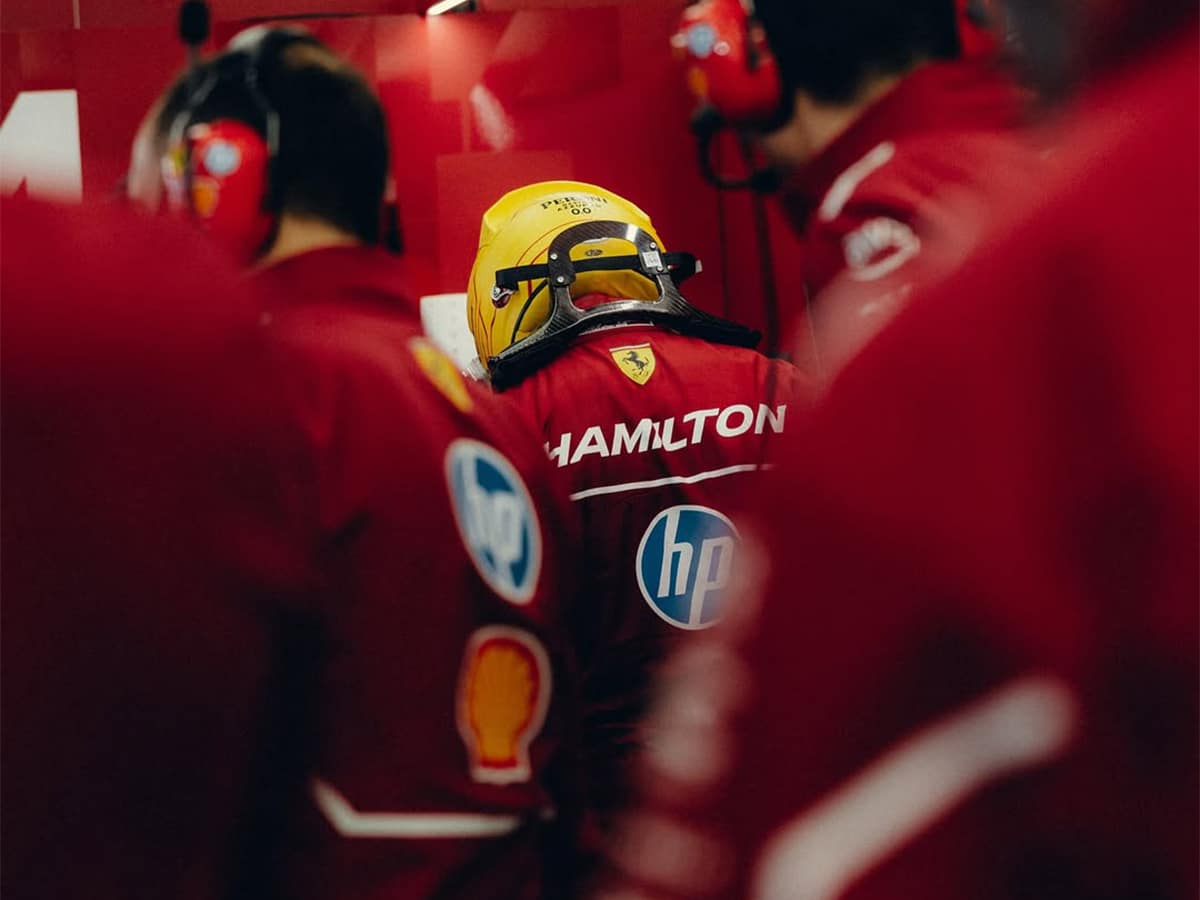
New Rivalries
The 2025 season will see a host of changes implemented across the board, but none more prevalent than Ferrari’s changing of the guard. In a blockbuster announcement that shocked the sporting world, eight-time champion Sir Lewis Hamilton confirmed he was moving from Mercedes AMG Petronas, where he has been racing since 2013, to rival team Ferrari. The multi-year agreement saw Hamilton replace Carlos Sainz Jr., partnering with Charles Leclerc until at least 2025. Reports suggest Hamilton’s contract is worth more than £40 million per year, marking one of the most lucrative and surprising deals in F1 history.
Upon the announcement in February 2024, Hamilton expressed gratitude for his time with the Mercedes team while recognising the importance of embracing new challenges. “I have had an amazing 11 years with this team and I’m so proud of what we have achieved together,” remarked Hamilton.”Mercedes has been part of my life since I was 13 years old. It’s a place where I have grown up, so making the decision to leave was one of the hardest decisions I have ever had to make. But the time is right for me to take this step and I’m excited to be taking on a new challenge.”
With Hamilton taking his place at Ferrari, 2024 Australian Grand Prix winner Carlos Sainz Jr. moved to Williams, while teenager Kimi Antonelli took over the vacant seat at Mercedes. Further to this, Liam Lawson was confirmed as reigning champion Max Verstappen’s new teammate, replacing Sergio Pérez. But despite all the changes, one thing is for sure—Max Verstappen is still the man to beat. As Nicholas Biebuyck, heritage director at Oracle Red Bull Racing partner TAG Heuer explained, whoever has to line up alongside Verstappen has their work cut out for them.
“Max is a once-in-a-generation driving talent, no matter what the performance of the car might be,” Biebuyck said. “No matter what the politics of the team might be, you cannot rule this guy out. He’s just an absolute beast. Max, for me, is someone we’ve really got to follow, but you can’t rule anyone out. The fact that we’ve got five or six teams all dicing for poles and podiums is just fantastic.”
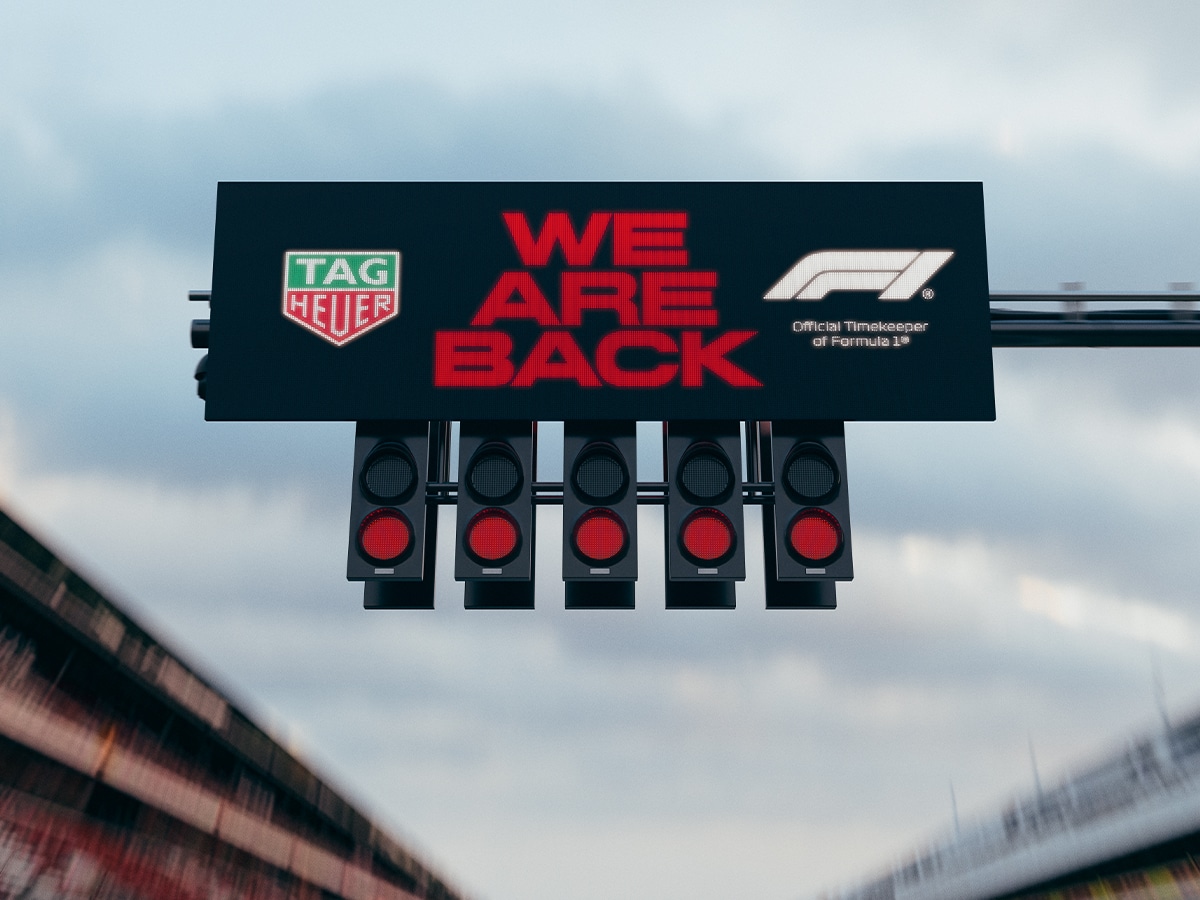
Returning Greats
While the off-season has noted significant movement on the grid, the changes behind the scenes have arguably been even more significant. In October last year, French luxury conglomerate LVMH announced a monster 10-year sponsorship deal with Formula 1. The global deal put an end to LVMH rival Rolex‘s time as global partner and official timepiece of the Formula 1 World Championship, a title it had held since 2013. More importantly, it opened the door for LVMH-owned watch maison and Oracle Red Bull Racing partner TAG Heuer to slip into a familiar role.
In January, the Swiss watchmaker confirmed the sport’s worst-kept secret, announcing that it had assumed official timekeeping duties for the 2025 Formula 1 season, more than 20 years after its shock decision to relinquish the responsibility. In a post on its website titled ‘WE ARE BACK’, TAG Heuer CEO Antoine Pin described the timekeeping announcement as the “beginning of a spectacular new era”. What’s more, the brand also revealed a suite of new additions to its aptly named Formula 1 Collection, comprising four chronographs and one Oracle Red Bull Racing special edition.
“In a sport defined by mental resilience, physical strength, strategy, innovation, and performance it is only natural for TAG Heuer to be at the very heart of Formula 1 as official timekeeper,” Pin said. “With decades of history in F1 connecting us to the most successful drivers and teams of all time, we are honoured and privileged to be the name connected to the very thing that defines the winner: time. As Formula 1 and their exceptional team continue to build on the amazing work that has been done to create one of the greatest properties in sport, we are excited to be part of the journey and create new stories to enrich TAG Heuer.”
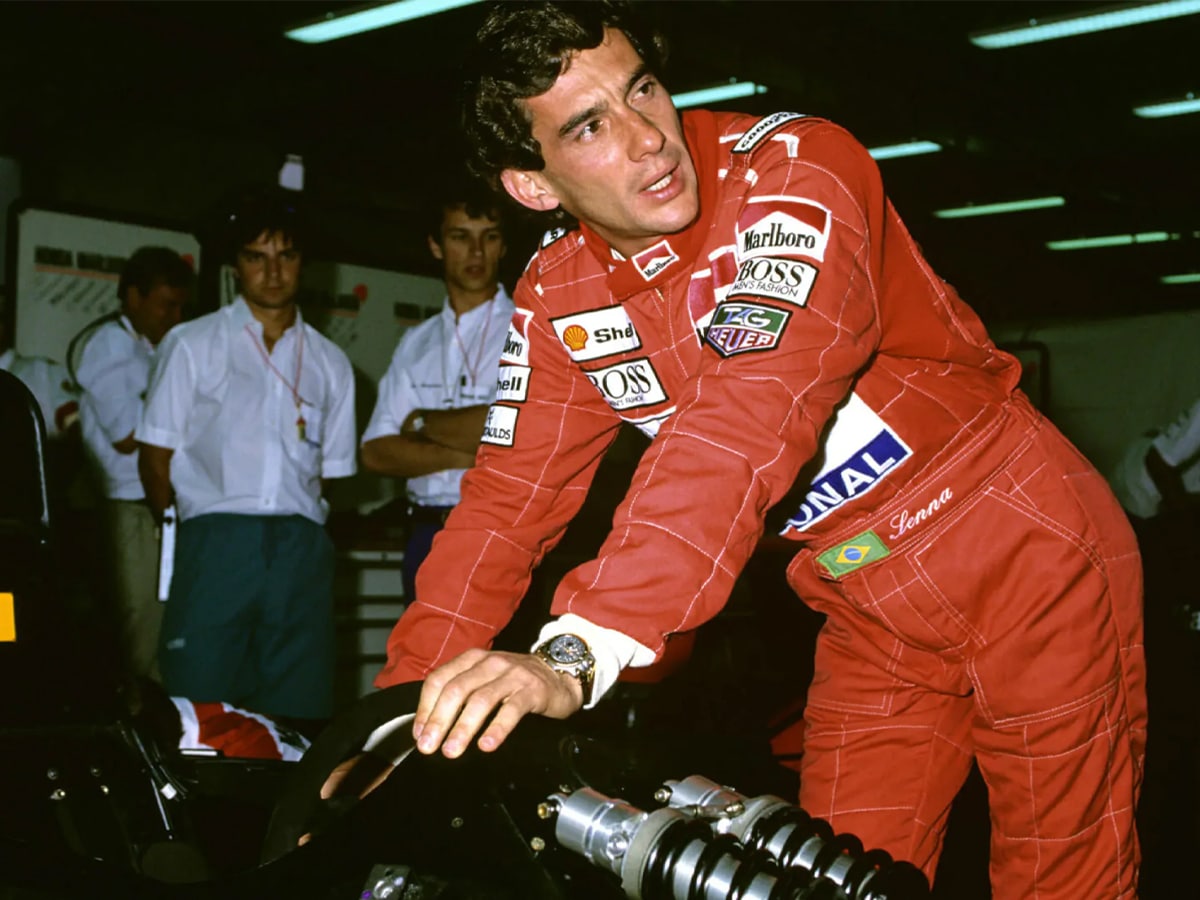
A legend on and off the track, TAG Heuer’s connection to the sport dates all the way back to 1969, when it became the first brand to sponsor a driver, in Swiss rising star Jo Siffert. From there, the watchmaker would forge partnerships with Scuderia Ferrari and McLaren Racing, before becoming the sport’s official timekeeper in 1992. That partnership ran until 2003, and while it has been more than two decades since official duties finished, heritage director Nicholas Biebuyck explained that a return to the grid has never been far from the band’s thoughts.
“It’s an amazing part of our history. For the past few years, we’ve had to dance around the subject a little bit…but the simple fact is we’ve got this amazing legacy in this space,” he tells me. “As I like to say, we’re kind of back in our rightful position back where we belong in the sport. So yeah, super, super pleased to be back. And as you can imagine, for me it’s really a dream come true.”
“For me, TAG Heuer is motorsport, TAG Heuer is Formula 1 and for all the other attempts that other brands have made to emulate our presence in sport, they never will. It’s as simple as that. We have decades of legitimacy.”
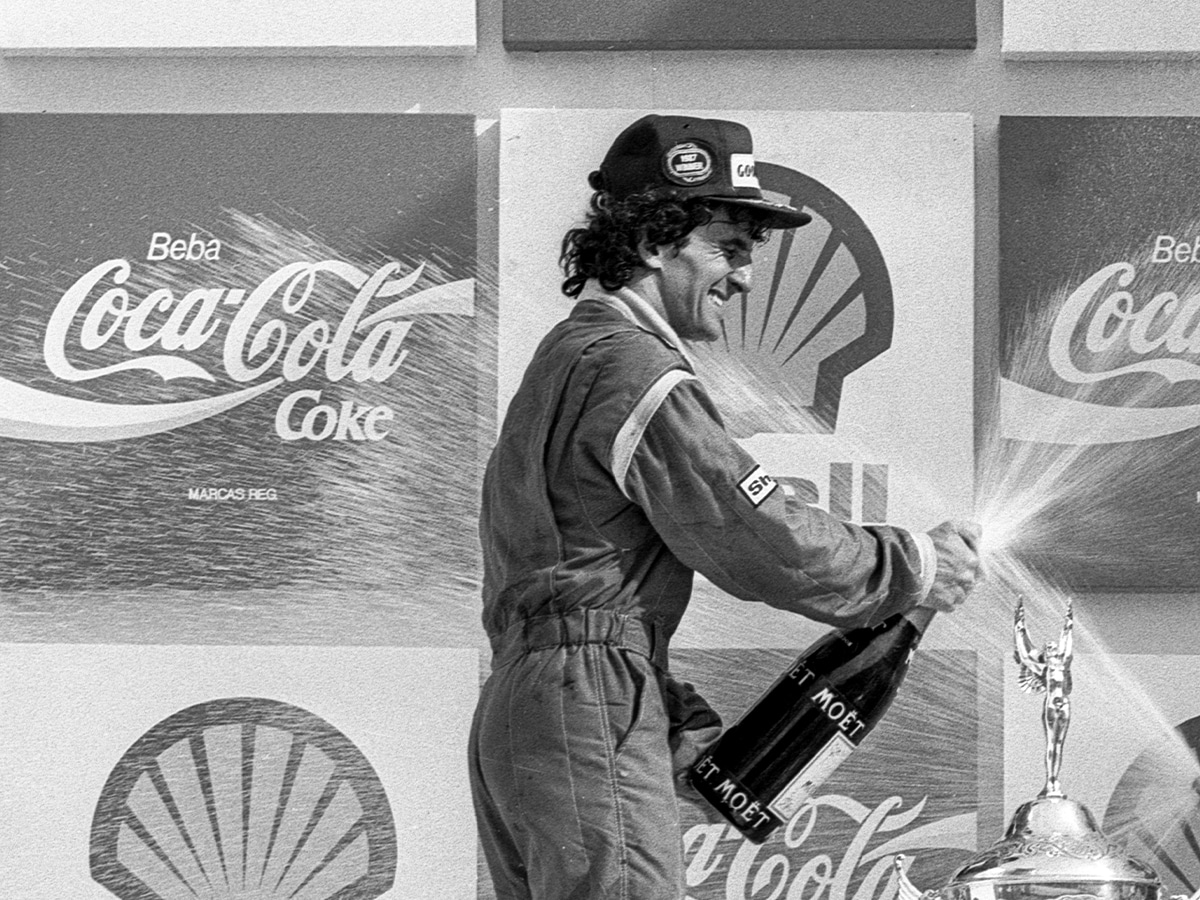
TAG Heuer wasn’t the only familiar face to make its way back to the podium in 2025. In February, fellow LVMH brand Moët & Chandon was confirmed as the official Champagne partner of Formula 1, marking the third time the winemaker has held the title, having first done so in 1967. In addition to this, Moët & Chandon also claimed naming rights for the Belgian Grand Prix.
“We are honoured and excited to return as the Official Champagne of Formula 1, celebrating a shared history of collective triumph and dedication since the 1950s,” Sibylle Scherer, CEO and president of Moët & Chandon said. “We honour the extraordinary teamwork, the unlimited precision, and the pursuit of excellence that drive both motorsport and our craft. This partnership is a tribute to the unity and shared achievements of inspiring drivers, their devoted teams, and the global community that rallies behind them. As Moët & Chandon takes its place on the podium once again, we proudly continue to craft moments of celebration that belong to everyone committed to this incredible journey.”
Better still, the 2025 race event marks a welcome return to the front of the grid for Australia. Generally used as the season opener, the Melbourne GP was forced into third on the race calendar after the introduction of races in Bahrain and Saudi Arabia. For the anniversary season, the FIA has shifted things up and returned Australia to its traditional place, which Nicholas Biebuyck, heritage director for F1 official timekeeper TAG Heuer, described as an ideal situation.
“From an Australian standpoint, I can tell you I’m very glad that Melbourne is back as the first race of the calendar,” he explained. “It’s kind of Yo-Yoed in and out of this prime position, but the fact is, because of Australia often being the first race of the season, some of the most important drivers ever have had their debut there. Max Verstappen had his debut in Australia, as did Lewis Hamilton—So Melbourn is always an exciting one.”
“The big thing this year is so much has changed,” Biebuyck continued. “We’ve got five rookies on the grid. Lewis is at Ferrari and gunning for an eighth title; Red Bull’s performance has obviously evolved a little bit—Adrian Newey has gone to Aston Martin—so it is just going to be a crazy, crazy season, and I’m looking forward to rolling into Australia.”
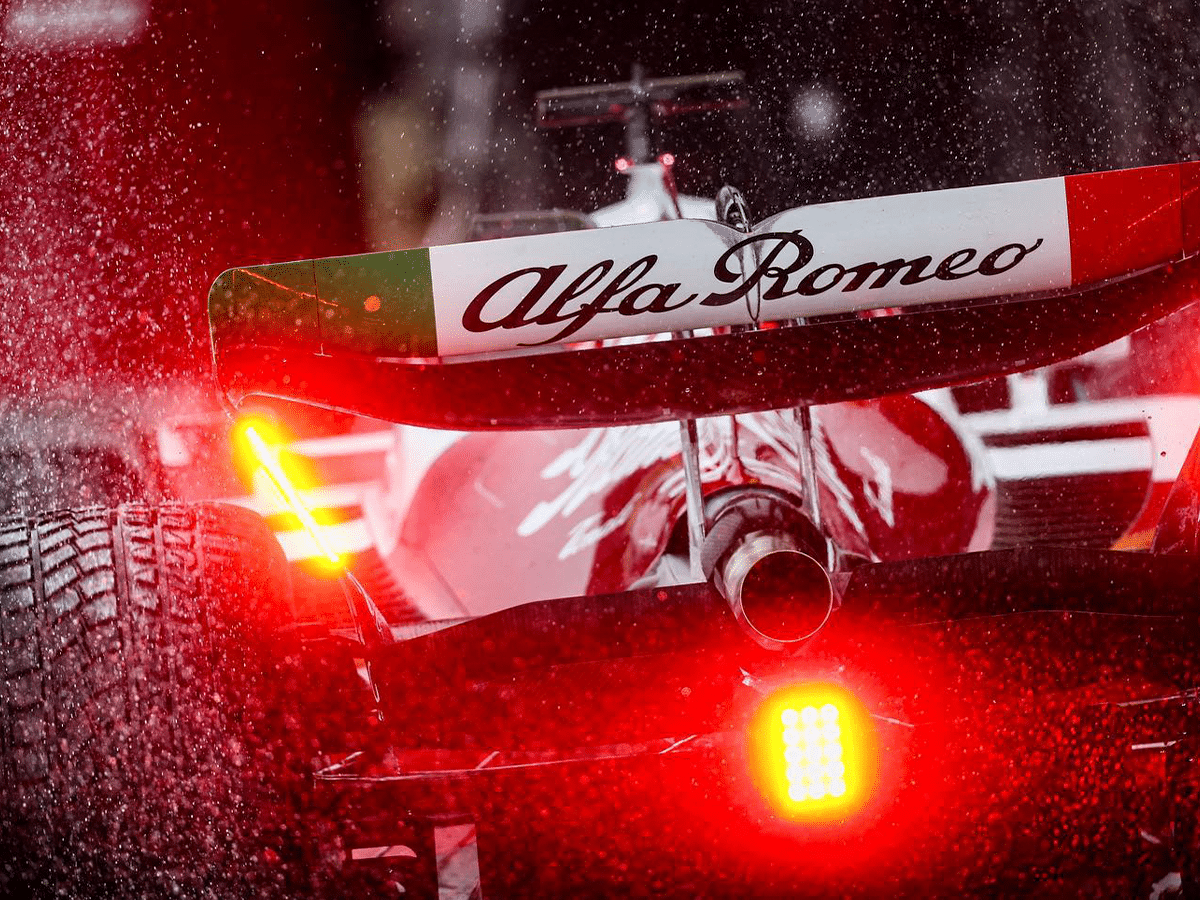
Rule Changes
On the track, the 2025 season opener will see many rule changes implemented across the board, namely around lap points and car testing regulations. According to F1 journalist Chris Medland, the major rules changes to take note of for this year are:
- Elimination of Fastest Lap Point: The FIA has removed the bonus point previously awarded to the driver setting the fastest lap (provided they finished in the top 10).
- Mandatory Driver Cooling Systems: In events where temperatures are forecasted to reach or exceed 31°C, teams must equip cars with FIA-mandated driver cooling systems to ensure driver safety. To accommodate this, the weight limit of the cars has been updated, allowing for an additional 2kg for practice, Qualifying and Sprint Qualifying sessions, and 5kg for a Sprint or Grand Prix.
- Restrictions on Testing Previous Cars: The FIA has implemented a 20-day limit on testing previous-season cars. Furthermore, current championship drivers are restricted to a maximum of 1,000 kilometres over four days of testing.
- Increased Rookie Driver Participation: Teams are now required to field a young driver in two free practice sessions per season for each car, doubling the previous requirement.
- Tighter Restrictions on DRS Designs: The FIA has stepped up regulatory obligations surrounding the rear wing and DRS (Drag Reduction System), focusing predominantly on defining the state of deployment and restriction to only two positions (closed and open).
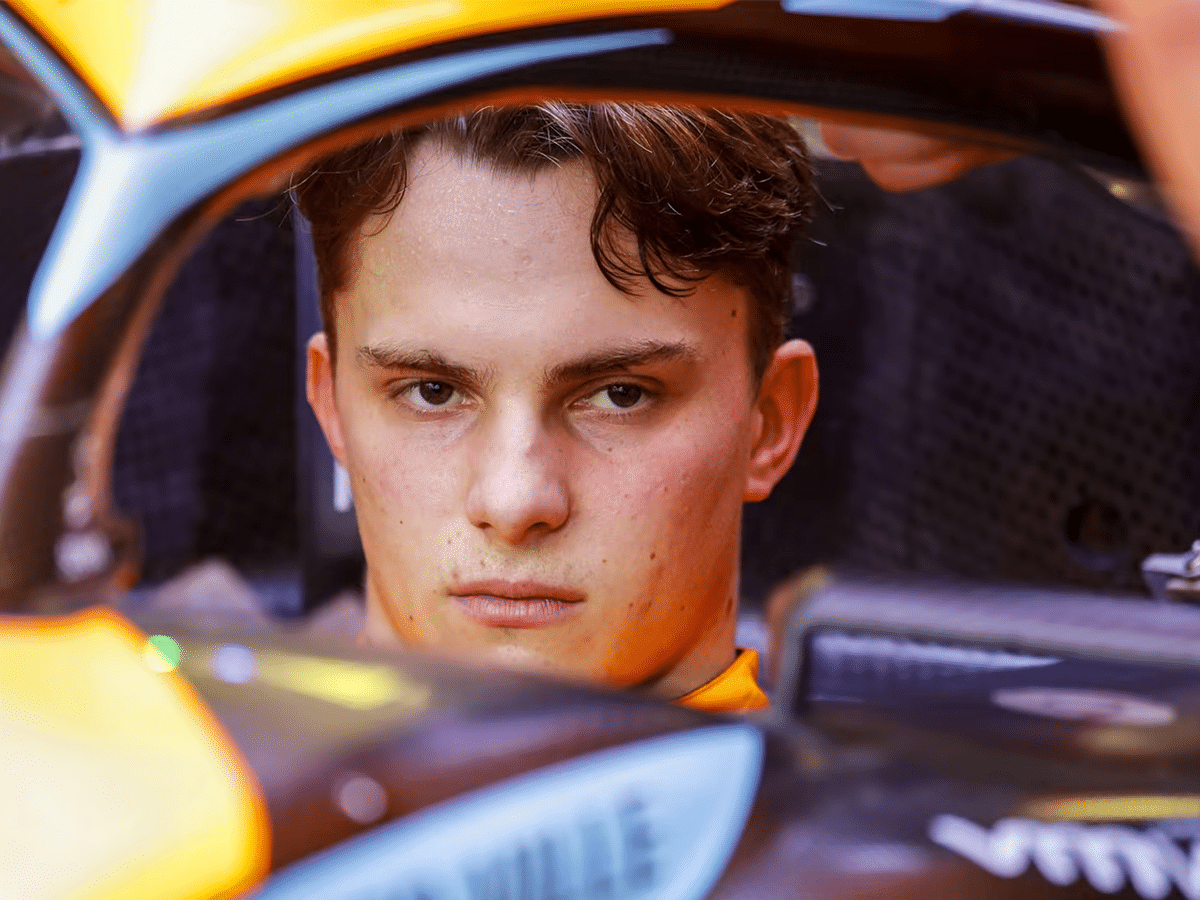
Australian Drivers
For Australian Formula 1 fans, the 2025 Grand Prix is particularly enticing. For the first time in years, a homegrown hero is primed to challenge for a podium spot and he’s countrymen by his side. McLaren young gun Oscar Piastri, fresh off his best F1 season yet, returns to Melbourne with a vote of confidence and one of the best-performing cars on the grid. Last year, the Aussie fell agonisingly short of maiden podium, finishing fourth behind Ferrari’s Carlos Sainz Jr and Charles Leclerc, as well as teammate Lando Norris. This year, he’s aiming to do one better.
“Last year was fantastic for the team but we want to kick on. That success has only made us hungrier and there is a real will to build on that momentum in 2025,” Piastri told us ahead of the 2025 race. “It all comes down to a lot of hard work back at MTC and at the track to keep improving and keep pushing forward.”
Piastri’s efforts in 2024 saw him finish fourth in the World Drivers’ Championship standings, his best result since signing with McLaren Racing in 2023. With two Grand Prix victories in Azerbaijan and Hungary under his belt, expectations are high for the emerging 23-year-old star and the nation is on his side. Piastri’s face is plastered across billboards nationwide in the lead-up to the event, with the McLaren driver even dropping his own burger at fast-casual chain Grill’d. Speaking on the 2024 Australian GP, Piastri explained that while being on home soil is exciting, it doesn’t change his preparation.
“It’s such a special race and it’s an incredible feeling to race on home soil. I receive awesome support from all the fans in the grandstands and it’s going to be even cooler this year with it being the season opener once more,” Piastri said. “My preparation for this race is fairly consistent with how I prepare for other races. Obviously, it feels different racing so close to where I grew up, but we try and keep the same routines and habits that we use elsewhere.”

Piastri isn’t the only Australian driver to feature on the grid this year, however, with 22-year-old Queenslander Jack Doohan set to race for Alpine. The son of five-time motorcycle world champion, Mick Doohan, Jack has been around the tracks for years, serving as Alpine’s F1 reserve since 2023. After being handed an early Grand Prix debut for the team at 2024’s season finale, Doohan has stepped up to the full-time racer in 2025, and his maiden calendar year behind the wheel kicks off in spectacular fashion.
Red Bull Racing’s new star, Liam Lawson, is also no stranger to Albert Park. The 23-year-old New Zealander has been with the team since 2019, as a reserve driver for both Red Bull and AlphaTauri. He made his Formula 1 debut at the 2023 Dutch Grand Prix after Aussie driver Daniel Ricciardo injured his hand and could not compete. This year, the young star takes over from ousted Red Bull Racing driver Sergio Pérez, lining up alongside reigning Driver’s Champion Max Verstappen.
This year will mark the first time in a long time that local hero Daniel Ricciardo will not be racing in the Australian event. The eight-time Grand Prix winner struggled to make an impact in 2024, with his best result being an eighth-place finish at the Canadian Grand Prix. After a disastrous showing at the Singapore Grand Prix, Ricciardo noted in an emotional post-race interview, ” could be my last Grand Prix”. Just days later. his prediction proved correct, with AlpahTauri (later renamed RB) releasing him from the lineup, opting to replace him with Liam Lawson.
The Track
As it has been for the past three years, Albert Park has been altered in line with F1’s plans to enhance competitive and exciting racing, adding some major upgrades to certain aspects of the much-loved street circuit. A slew of incidents at turns six and seven in last year’s GP prompted the FIA to update the markings around the track, which have been yellow and green in recent years. This is due to the street circuit nature of the track, which at all other times of the year, is a publicly accessed road through central Melbourne. This year, however, track markings will be painted white to align with other races on the calendar.
This comes just a year after the track’s corners were widened to allow for greater speed through key points. Announced ahead of the 2024 race, the FIA suggested that the slight change could lead to the fastest lap times ever seen in Melbourne, noting a cut of up to five seconds was possible. Sadly, that didn’t happen, and Michael Schumacher’s 1:24.125 lap record, which he set on lap 29 of the 2004 GP, remains intact.
Specifically, the turn-one bottleneck was widened by 2.5m, opening the opportunity for more wheel-to-wheel battles for position throughout the lap. At turn 11, the 150km/h right-hand corner was shifted to more of a right angle, with the extra width enabling drivers to slide down the inside and take an unassuming competitor by surprise. The slow-speed chicane abutting the golf course section was also removed around turn 10, allowing cars to approach speeds of around 330km/h.
“These changes are in the direction of what we want. Better races, more battles – the changes are going to push us towards that,” Ricciardo said back in 2021 when the changes were announced. “With these cars, the changes should help a lot…coming to a circuit like Albert Park with these changes should make a pretty amazing spectacle.”
In 2025, the 5.303km track will host 58 laps at the GP for a total distance travelled of 307.574km.
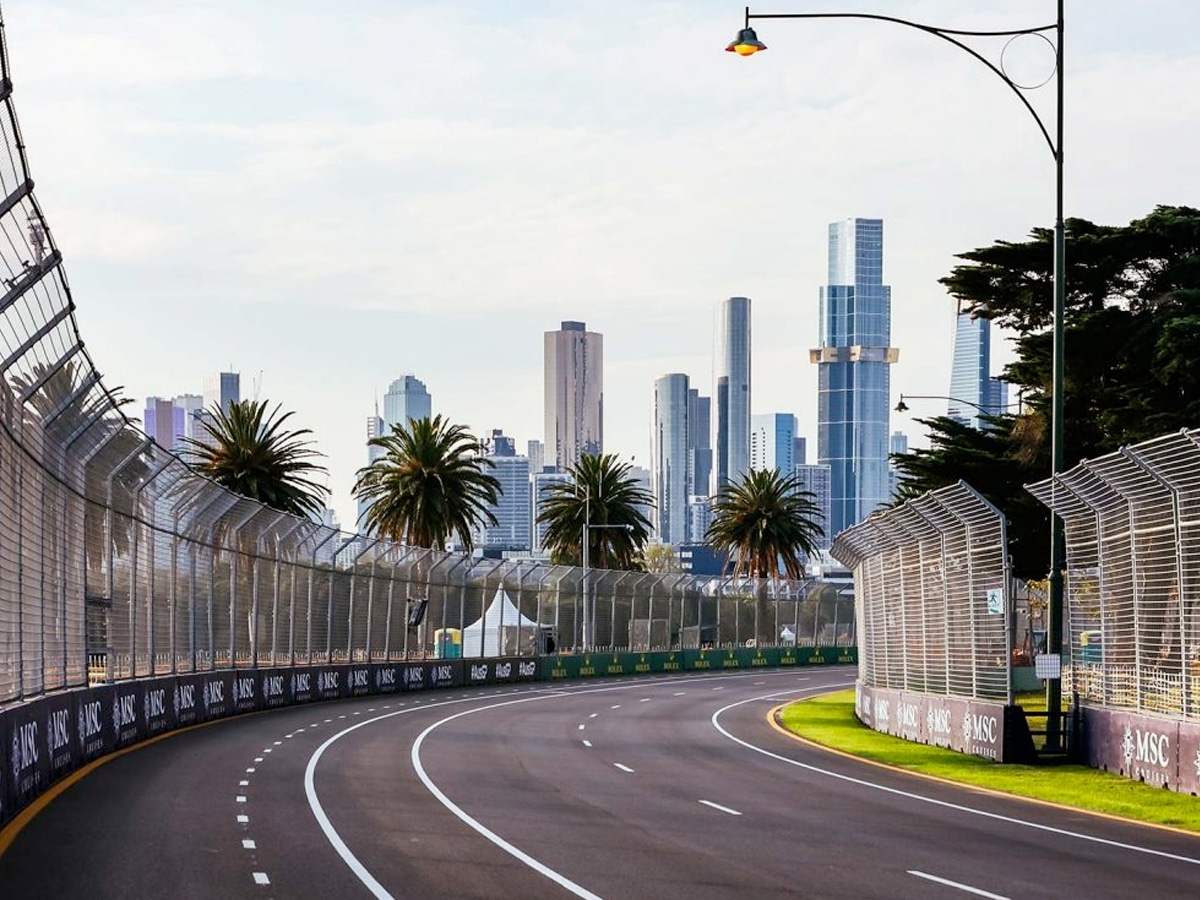
What Time Does the F1 Race Start?
As per the extensive race schedule, the Australian Grand Prix will kick off at 3pm on Sunday, March 16. A 58-lap race, the event is expected to last between 90 minutes and two hours, however, as this is the first race of the season, you can expect some thrills and potential spills. In past years, the opening round rust has seen a number of drivers involved in crashes, ultimately leading to the early introduction of safety vehicles and ballooning timeframes.
Importantly, this year marks a welcomed return to the front of the yearly schedule for the Australian GP. For the past three years, the event was forced to third spot on the race calendar, following the introduced of GPs in both Bahrain and Saudi Arabia. That decision not only dampened the spirits of Aussie F1 fans, it also made the GP subject to Australia’s often confusing daylight savings stipulations. Over the three-year period, viewers in Queensland had to take special notice of the AEST situation, while the 6pm sunset made night driving a possible concern.
This year, the Australian GP is back at the front of the grid, returning to its traditional place as the season opener, but some problems remain. With the event taking place a little earlier than normal, daylight savings is still in effect, meaning that while local viewers in Melbourne will tune in at 3pm on Sunday for the big race, viewers in Queensland will see the event kick off at 2pm.
Prior to the big day, Formula 1 cars will take to the track twice on Friday for one-hour practice sessions from 1pm and 4pm respectively, with a third practice session to be held at 1pm on Saturday. From there, the long-anticipated qualifying session will take place from 4pm.
Where to Watch 2025 Australian F1 Grand Prix
The good news for locals wanting to feast their eyes on the 2025 Australian Grand Prix is that there are plenty of options available. The entire race weekend, alongside all other F1 events, will be broadcast through Fox Sports, which provides a simulcast of the Sky Sports production. According to Fox Sports, all practice and qualifying sessions, along with every sprint and race, will be shown live on Channel 506.
In addition, you can stream the 2025 Formula 1 Australian Grand Prix on Kayo Sports or Foxtel Go, and online viewing options are available through 10Play. In Australia, Channel 10 remains the network responsible for airing other motor racing highlights such as Supercars, Porsche Carrera Cup and S5000.
2025 Australian F1 Grand Prix Schedule
The 2025 Formula 1 Louis Vuitton Australian Grand Prix will take place in Melbourne from Thursday 13 March to Sunday 16 March. Across the race weekend, spectators and viewers will be able to witness the world’s most daring motorsports event live and up close, but F1 isn’t the only show set to hit the Albert Park track. The 2025 Australian GP kicks off with a Porsche Carrera Cup practice to launch the event on Thursday, with the main event scheduled to go live at 3pm on Sunday. Here is a full schedule for the 2025 Australian GP.
Day One: Thursday 13 March
| Event | Session | Time (Local) |
|---|---|---|
| Porsche Carrera Cup | Practice Session | 10:10 – 10:40 |
| Supercars Championship | First Practice Session | 11:05 – 11:35 |
| Porsche Carrera Cup | Qualifying Session | 12:30 – 13:00 |
| Supercars Championship | Second Practice Session | 13:25 – 13:55 |
| Formula 1 | Drivers’ Press Conference | 13:30 – 14:30 |
| Supercars Championship | Qualifying Session Part 1 | 15:25 – 15:40 |
| Supercars Championship | Qualifying Session Part 2 | 15:50 – 16:05 |
| Porsche Carrera Cup | First Race (15 Laps or 30 Mins) | 16:50 – 17:25 |
| Supercars Championship | First Race (19 Laps or 40 Mins) | 17:45 – 18:30 |
| F1 Experiences | Track Tour & Trophy Photo / Pit Lane Walk | 18:30 – 20:00 |
Day Two: Friday 14 March
| Event | Session | Time (Local) |
|---|---|---|
| FIA Formula 3 | Practice Session | 08:50 – 09:35 |
| FIA Formula 2 | Practice Session | 10:00 – 10:45 |
| FIA | F1 Car Presentation | 11:00 – 12:00 |
| Paddock Club | Pit Lane Walk | 11:10 – 12:00 |
| Formula 1 | First Practice Session | 12:30 – 13:30 |
| FIA Formula 3 | Qualifying Session | 14:00 – 14:30 |
| Formula 1 | Teams’ Press Conference | 14:30 – 15:30 |
| Supercars Championship | Second Race (19 Laps or 40 Mins) | 14:45 – 15:30 |
| FIA Formula 3 | Press Conference | 15:30 – 16:00 |
| Formula 1 | Second Practice Session | 16:00 – 17:00 |
| FIA Formula 2 | Qualifying Session | 17:30 – 18:00 |
| Porsche Carrera Cup | Second Race (15 Laps or 30 Mins) | 18:25 – 19:00 |
| FIA Formula 2 | Press Conference | 19:30 – 20:00 |
Day Three: Saturday 15 March
| Event | Session | Time (Local) |
|---|---|---|
| Supercars Championship | Qualifying Session – Part 3 | 09:05 – 09:15 |
| Supercars Championship | Qualifying Session – Part 4 | 09:25 – 09:35 |
| Formula 1 | Team Pit Stop Practice | 09:45 – 10:15 |
| FIA Formula 3 | Sprint Race (20 Laps or 40 Mins +1 Lap) | 11:15 – 12:00 |
| FIA Formula 3 | Press Conference | 11:50 – 12:15 |
| Formula 1 | Third Practice Session | 12:30 – 13:30 |
| FIA Formula 2 | Sprint Race (23 Laps or 45 Mins +1 Lap) | 14:15 – 15:05 |
| Paddock Club | Pit Lane Walk | 15:10 – 15:40 |
| Formula 1 | Qualifying Session | 16:00 – 17:00 |
| Formula 1 | Press Conference | 17:00 – 18:00 |
| Supercars Championship | Third Race (19 Laps or 40 Mins) | 17:35 – 18:20 |
| FIA Formula 2 | Press Conference | 18:00 – 18:30 |
| Porsche Carrera Cup | Third Race (30 Mins) | 18:35 – 19:10 |
| F1 Experiences | Champions Club Grid Walk & Trophy Photo | 19:25 – 20:25 |
Day Four: Sunday 16 March
| Event | Session | Time (Local) |
|---|---|---|
| FIA Formula 3 | Feature Race (23 Laps or 45 Mins +1 Lap) | 09:00 – 09:50 |
| FIA Formula 3 | Press Conference | 10:10 – 10:40 |
| Supercars Championship | Fourth Race (14 Laps or 30 Mins) | 10:20 – 10:55 |
| FIA Formula 2 | Feature Race (33 Laps or 60 Mins +1 Lap) | 11:30 – 12:35 |
| Paddock Club | Pit Lane Walk | 12:50 – 13:50 |
| Formula 1 | Drivers’ Parade | 13:00 – 13:30 |
| FIA Formula 2 | Press Conference | 13:40 – 14:10 |
| Formula 1 | National Anthem | 14:44 – 14:46 |
| Formula 1 | GRAND PRIX (58 Laps or 120 Mins) | 15:00 – 17:00 |




















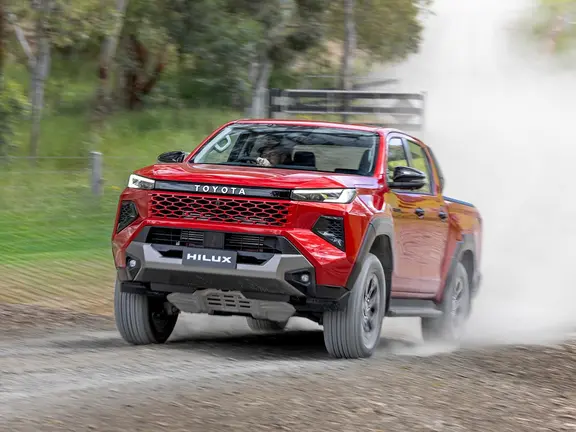

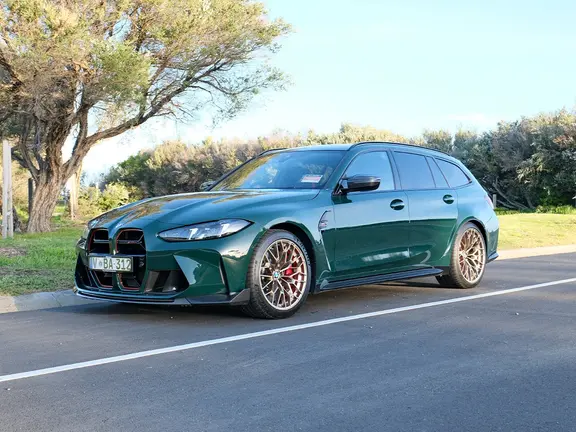







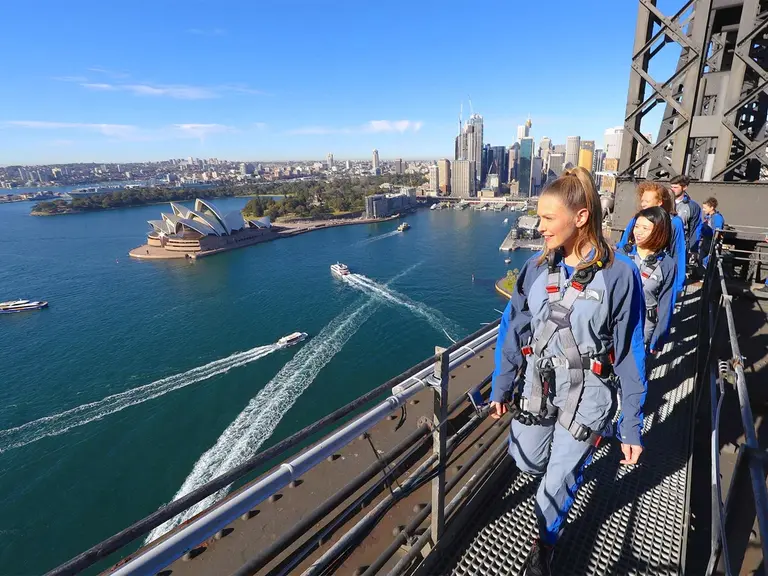



Comments
We love hearing from you. or to leave a comment.